Hanoi Mr. Ha, 45 years old, had spinal degeneration causing pain in the neck and shoulder area for nearly 10 years. The doctor replaced the artificial cervical vertebrae, improving the condition of motor weakness.
For over a month now, Mr. Ha, a resident of Hung Yen , has had worse spinal numbness, weak limbs, unsteady walking, and inability to dress himself, and had to quit his job. He has not improved with treatment, so he went to Tam Anh General Hospital in Hanoi for examination.
On February 1, Dr. Nguyen Duc Anh, Head of the Department of Neurosurgery, said that this is a manifestation of late-stage cervical spinal cord compression syndrome. These symptoms worsen when the cervical spine is bent back. MRI results showed severe degeneration of the C4-C5 vertebrae, with deformed vertebral bodies compressing the spinal cord. Hypertrophy of ligamentous structures and joint surfaces causes relatively severe spinal stenosis, greatly affecting the neurological functions of the spinal cord.
The patient was indicated for artificial cervical vertebrae replacement surgery to relieve compression of the cervical spinal cord. The surgical team used a microsurgical microscope to assist in removing all damaged vertebrae, relieving pressure on the spinal cord and nerve roots at the site. The C4 and C5 vertebrae were replaced with artificial materials to restore the anatomy of the cervical spine system, reduce the risk of progressive deformity, reduce compression of the spinal canal, and improve the patient's motor function and nervous system.
According to Dr. Duc Anh, artificial cervical vertebrae replacement surgery is a difficult technique, especially when replacing two consecutive vertebrae. Previously, doctors had to use artificial vertebrae and separate screws to fix them, requiring meticulous and difficult measurements and installation. Currently, the new generation of artificial vertebrae helps to adjust the size to best fit the vertebrae that needs to be replaced.
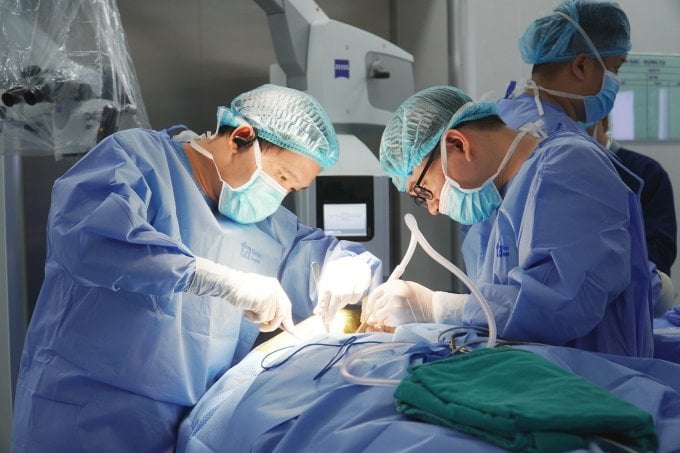
Doctor Duc Anh (left) and the surgical team performed artificial cervical vertebrae replacement surgery for Mr. Ha. Photo: Provided by the hospital
After a 4-hour surgery, Mr. Ha's previous symptoms of pain in the cervical spine improved, his hands regained fine movements, he could hold a bowl to eat rice, dress himself... On the second day after surgery, he moved better and was discharged from the hospital after 5 days.
The internal fixation of the spinal structure has not yet healed immediately after surgery, the patient needs to wear a neck brace for 2-3 months. Due to spinal stenosis and disc herniation for a long time, the postoperative muscle strength is still weak. Mr. Ha continues to practice rehabilitation according to the doctor's instructions to gradually recover sensation, muscle strength, and movement. The neck and spine structure will heal relatively firmly after 18-24 months.
Doctor Duc Anh recommends that after surgery, patients should eat foods rich in calcium such as seafood, take calcium supplements, and vitamin D to help the bone healing process take place faster. To avoid progression of damage, reduce severe degeneration in the cervical spine and other joints, patients need to change their lifestyle and work, and avoid strenuous exercise.
Herniated discs and cervical stenosis often cause pain in the shoulder and neck areas, spreading to the limbs, affecting the patient's mobility and quality of life. More dangerous complications are muscle weakness and paralysis.
Emerald
* Patient's name has been changed
| Readers ask questions about musculoskeletal diseases here for doctors to answer |
Source link





![[Photo] Ready for the top competitions of Vietnamese table tennis](https://vphoto.vietnam.vn/thumb/1200x675/vietnam/resource/IMAGE/2025/5/18/9c547c497c5a4ade8f98c8e7d44f5a41)
![[Photo] Party and State leaders attend the special art program "You are Ho Chi Minh"](https://vphoto.vietnam.vn/thumb/1200x675/vietnam/resource/IMAGE/2025/5/18/6895913f94fd4c51aa4564ab14c3f250)
![[Photo] Many young people patiently lined up under the hot sun to receive a special supplement from Nhan Dan Newspaper.](https://vphoto.vietnam.vn/thumb/1200x675/vietnam/resource/IMAGE/2025/5/18/6f19d322f9364f0ebb6fbfe9377842d3)
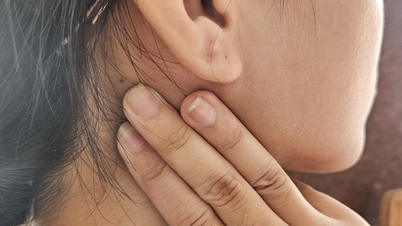



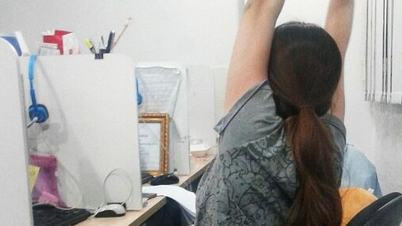


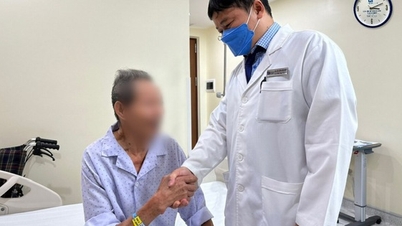
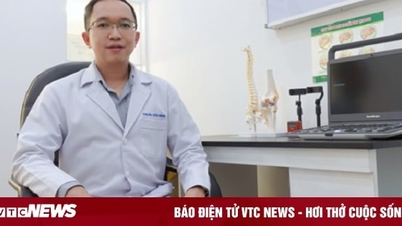

























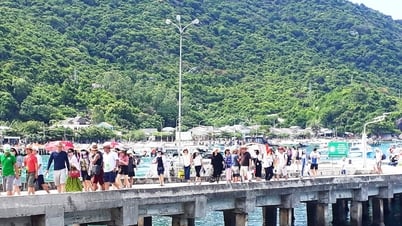





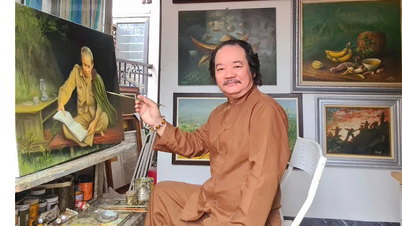














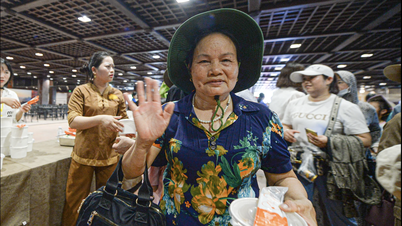
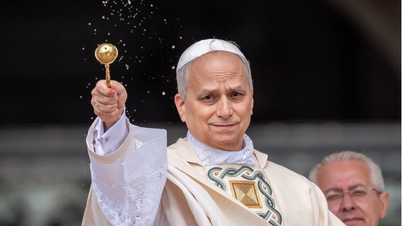




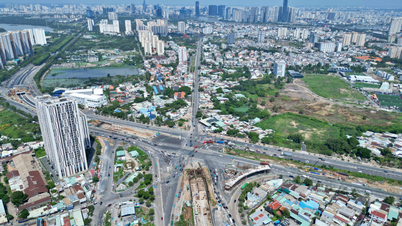







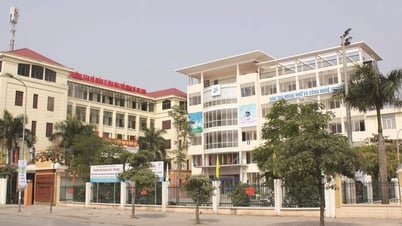




















Comment (0)